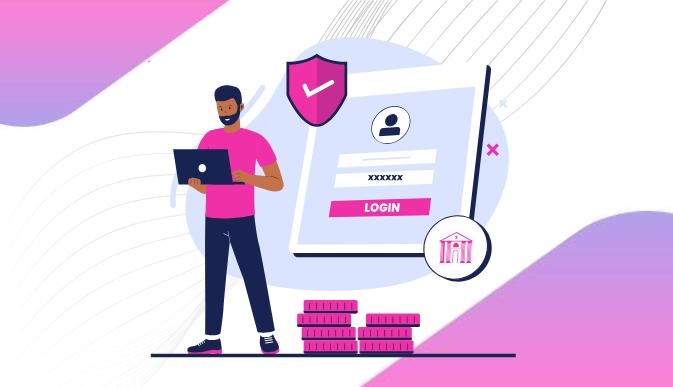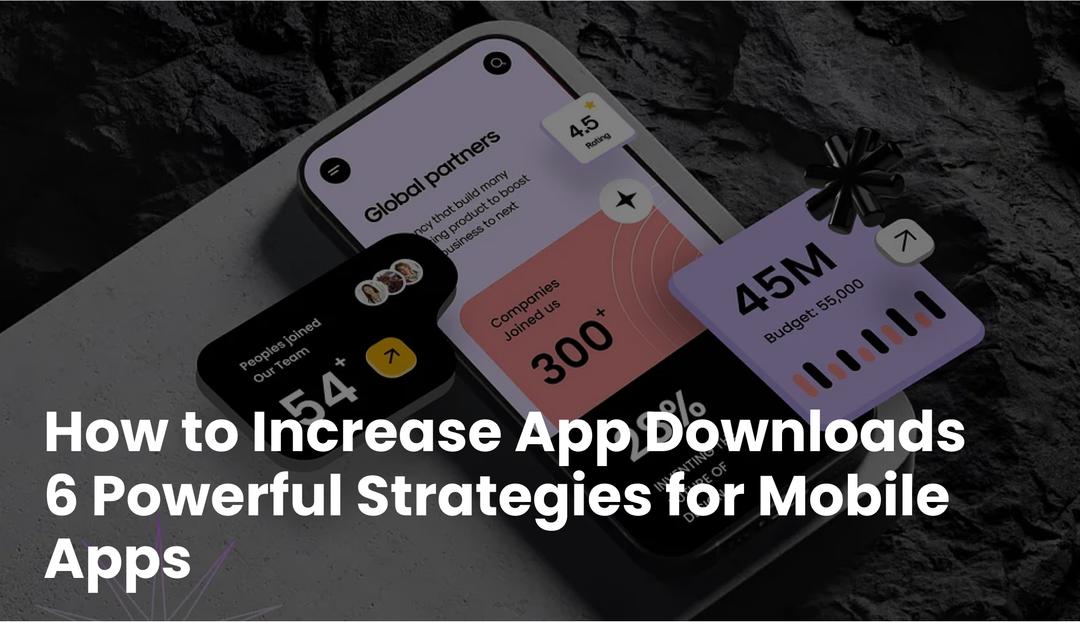Launching a fintech MVP isn’t just about clean UI and smooth payment flows, it’s about building user trust and passing rigorous security expectations from day one. Flutter, with its fast development cycle and cross-platform flexibility, is a strong foundation for fintech startups. But to move beyond prototypes and handle real financial transactions, your app must be designed around security, compliance, and reliability.
We’ll walk through how to build a Flutter-based fintech MVP that can safely interact with banking APIs, payment processors, and sensitive user data without compromising on compliance or performance. This includes everything from PCI compliance and secure token storage to Plaid, Stripe, and OAuth2 integrations, plus local storage encryption, 2FA, and obfuscation best practices.
Why Flutter Is a Smart Bet for Fintech
Flutter gives early-stage fintech teams an edge: a single codebase, fast iteration, and consistent UI across iOS and Android. For use cases like P2P payments, budgeting tools, wealth management, or crypto wallets, Flutter provides native performance and integrates well with backend APIs and third-party services.
However, fintech MVPs differ from consumer apps in one critical way: they must earn trust instantly. A single security misstep can derail traction, damage your brand, or block you from integrating with partners like banks or payment gateways.

Let’s dive into what it takes to get it right.
PCI Compliance for Flutter Apps
Handling card payments means dealing with PCI DSS (Payment Card Industry Data Security Standards). Even if your app doesn’t store card details directly, using services like Stripe or Adyen still requires adherence to best practices.
What PCI Compliance Means for Flutter MVPs
- Never collect or transmit cardholder data without using a PCI-compliant SDK or proxy
- Offload sensitive processing to third parties (e.g., Stripe Elements or Plaid Link)
- Ensure all communication happens over TLS 1.2+, and block unsecured endpoints
- Avoid storing PANs, CVVs, or expiration data on the device
Stripe and Plaid handle PCI scope by design, but your app must be structured so that the sensitive data never touches your backend or frontend in raw form.
If you’re uncertain whether your current architecture meets PCI expectations, we offer architecture audits tailored for early-stage fintech apps.
Secure Local Storage for Flutter Apps
Flutter apps often cache user tokens, session data, or transaction history for performance. This convenience must be weighed against the need for data protection at rest.
Best Practices for Secure Local Storage
- Use encrypted storage libraries like flutter_secure_storage, which leverages the iOS Keychain and Android Keystore.
- Avoid shared preferences or unencrypted SQLite databases for any sensitive data.
- Pair local storage with biometric authentication (via local_auth) to restrict access on stolen devices.
- Implement remote wipe capabilities to revoke tokens or clear data on suspected compromise.
All storage must be encrypted and bound to device-level security. If you’re caching bank balances or transaction metadata offline, encrypt it with keys derived from the secure enclave, not the file system.
OAuth2 Authorization Flows
Most fintech APIs today rely on OAuth2 to grant limited access to user accounts without exposing credentials. Your Flutter app should be able to handle web-based and embedded auth flows across platforms.
Implementing OAuth2 in Flutter
We use libraries like app_auth or flutter_appauth to implement secure, standards-compliant flows that work with:
- Plaid Link
- Stripe Connect
- Banking APIs (via Open Banking or PSD2 standards)
Security additions like PKCE (Proof Key for Code Exchange) are non-negotiable, especially on mobile devices where token theft is a real risk.
Additionally, never store OAuth refresh or access tokens in plaintext. Combine secure storage with short token lifetimes and automatic refresh mechanisms.
Integrating Plaid, Stripe, and Bank APIs
A modern fintech MVP often requires a mix of services: Plaid for account linking, Stripe for payments, and bank APIs for direct transfers. Flutter integrates with all of them—if done properly.
Stripe Integration in Flutter
Stripe offers a robust Flutter SDK for handling:
- Card payments
- Apple Pay / Google Pay
- 3D Secure (SCA) flows
- Payment intents and webhooks
Keep in mind: while the frontend handles user interaction, all sensitive payment processing happens on your backend, which must be PCI-compliant.
Plaid Integration in Flutter
While Plaid doesn’t offer a full native Flutter SDK, it supports Plaid Link via webviews or platform channels. Your app can use flutter_webview_plugin or a custom native bridge to initiate bank logins and retrieve tokens.
We also help teams wrap Plaid in a secure hybrid model—embedding it natively where needed and maintaining token integrity across platforms.
Bank API Integrations (Open Banking / PSD2)
Many regions require direct bank integration through regulated APIs. Whether you’re using TrueLayer, Yodlee, Salt Edge, or direct bank SDKs, Flutter can serve as the frontend while backend services handle the authorization grant, token lifecycle, and data normalization.
We provide backend infrastructure that abstracts these APIs and delivers clean, Flutter-ready data models for accounts, balances, and transactions.
Exploring Bank APIs
If you're evaluating bank API strategies, book a free consultation to explore architecture options.
Let’s Talk
Obfuscation, Reverse Engineering, and Token Security
Shipping a fintech app means protecting it from reverse engineering. This includes not only code protection but also the safeguarding of stored secrets and tokens.
Flutter Obfuscation & Build Hardening
Flutter offers –obfuscate and –split-debug-info to reduce the risk of decompiling your Dart code. Additionally, you should:
- Strip debug symbols and logging in release builds
- Avoid embedding secrets in the app binary—move them to backend services
- Use code minification and runtime checks to detect tampering
Secure Token Storage
OAuth access tokens, refresh tokens, or session identifiers must be stored using secure enclave-backed mechanisms. On Flutter, that means:
- flutter_secure_storage with EncryptedSharedPreferences (Android) and Keychain (iOS)
- Tightly scoped token lifetimes
- Device binding via biometric auth and app-level re-auth
Two-Factor Authentication in Fintech MVPs
Adding 2FA early in your product can make a big difference with user trust and investor perception. We recommend starting with:
- SMS or Email OTPs using Firebase Auth or Twilio Verify
- TOTP apps (Google Authenticator, Authy) using libraries like otp
- Biometric auth for returning sessions via local_auth
Two-factor authentication isn’t just a security feature—it’s a compliance enabler. For example, Strong Customer Authentication in Europe mandates 2FA for many types of financial operations.
We guide startups in implementing modular, scalable 2FA systems that can grow with their security needs.
Launch Secure, Not Just Fast
Building a fintech MVP with Flutter is entirely viable and powerful but it demands a security-first mindset. You’re not just building a functional app. You’re building something that will be scrutinized by partners, regulators, and users from day one.
Done right, Flutter gives you:
- Rapid iteration without compromising UX
- Native-level performance across platforms
- Integration capabilities with modern fintech stacks
But only if you back it with:
- PCI-aware architecture
- Secure local storage
- Robust OAuth2 flows
- Safe integrations with Stripe, Plaid, and banks
- Obfuscation, 2FA, and token protection
Ready to Launch Securely?
Book your free consultation now and get expert guidance on building a compliant, scalable Flutter fintech MVP—fast, safe, and investor-ready.
Book Your Free Consultation
Need to move quickly while staying compliant?
Book a free 30-minute technical consultation to discuss your fintech MVP roadmap, security posture, and integration options.
We’ll help you avoid common pitfalls and architect a Flutter stack that’s production-ready from day one.









